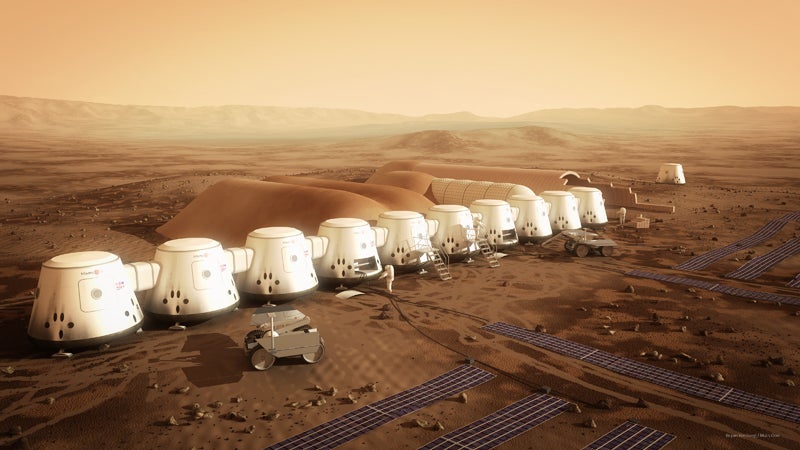Watch out, red planet鈥攈umanity is coming for you. Two major efforts to land humans on Mars have just announced big developments: Nonprofit Mars One has partnered with a major media company to broadcast its astronaut selection process in 2015, while the National Aeronautics and Space Administration (NASA) plans to test (and broadcast) a new vehicle that could overcome the challenge of landing heavy loads on Mars.
London-based (DSP) has produced award-winning science specials for NOVA, PBS, and the BBC, among others, but the company now has exclusive rights to the most realistic look at space ever seen on television. Through an , DSP will help broadcast “one of the most extraordinary and challenging job interviews ever seen,” starting next year.
Mars One that it has narrowed down to 705 a list of more than 200,000 applicants. DSP will document the rigorous selection process to follow鈥攅nding in a one-way ticket to Mars for six groups of four astronauts. With plans to launch in 2018, this partnership is another sign that Mars One just might be able to stick to its intended timeline.
Meanwhile, NASA that should more capably land heavy payloads in the thin atmosphere of Mars. Considering that safely getting humans onto Mars will require even larger vehicles than this, it’s an important initial step for Mars colonization. The rocket-propelled vehicle features an inflatable tube and massive parachute that will stabilize its descent.聽
In fact, the parachute is so much bigger than usual that it won’t fit into the wind tunnels NASA uses for testing鈥攕o they’re bringing it to Kauai, Hawaii, for a test flight on Tuesday. The vehicle will climb 34 miles through the atmosphere above the island, which is similar to that of Mars, before dropping into the Pacific Ocean. Good news: This test will be broadcast as well.
If these efforts continue to go as planned, we could see humans on Mars in the very near future, even on our TVs鈥攂ut we’ll never see them in person again. “There is no way to go back,” Mars One explains. “The technology for a return mission does not exist.”


